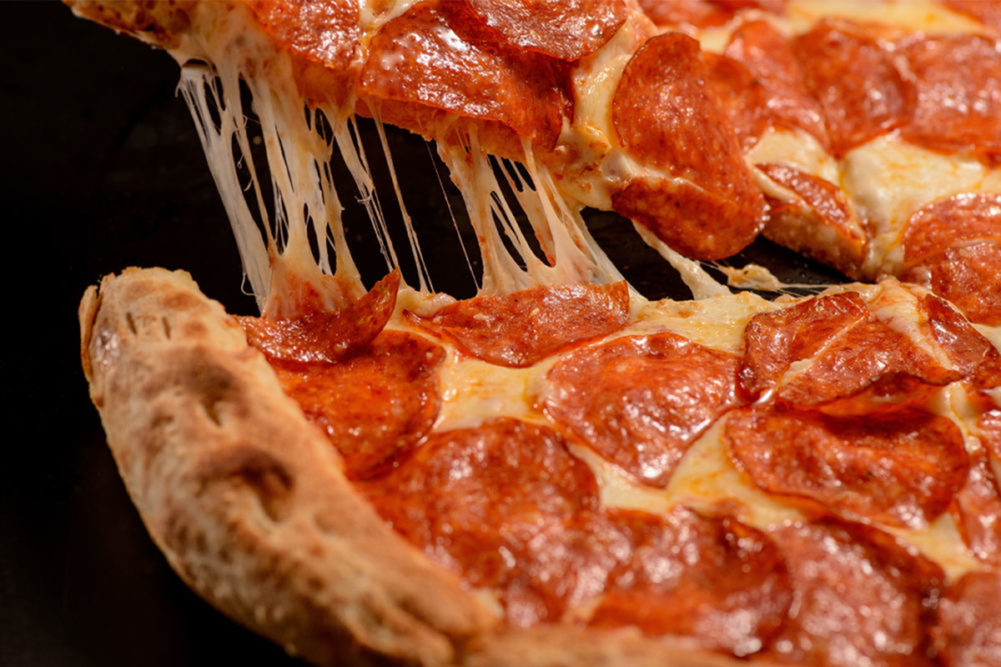Imagine melted cheese with hues of brown bubbling on top of your favorite pizza. Pick up a slice and see the cheese stretch as if fighting for the slice to remain part of the overall pie. These texture traits make conventional cheese an appealing ingredient in pizza and other food applications. The traits also make it difficult to create satisfactory plant-based cheese alternatives.
“While the industry has made tremendous improvements, I have yet to see a plant-based cheese alternative in the marketplace that comes close to mirroring the ‘stretch’ of traditional pizza cheeses,” said Christine Addington, senior dairy technical service specialist for Cargill, Minneapolis. “It’s one of the challenges our team is working on, using combinations of hydrocolloids, starches and fibers to replicate the stringy-stretch consumers expect.”
Solving the stretching, melting and browning issues could boost a growing category. ResearchAndMarkets.com, Dublin, forecast the global vegan cheese alternatives market to have a compound annual growth rate of 13% from 2021-27, increasing to $4.4 billion from $2.1 billion.
Replacing one element of dairy may prove most difficult. Casein, among other things, adds melting characteristics to mozzarella and pizza cheese, said Sudarshan Nadathur, PhD, chief flavorist, dairy and protein, for Chicago-based ADM.
“Replicating the texture of dairy cheese is a technically challenging task since many cheeses often use rennet to coagulate casein and form a curd,” he said. “Casein is a unique and key component to making cheese as it is the main protein structure and helps create the sensory characteristics of different types of cheeses, including texture and appearance. Since plant proteins don’t function in the same way as animal-derived proteins and enzymes, mimicking this process can be difficult.”

